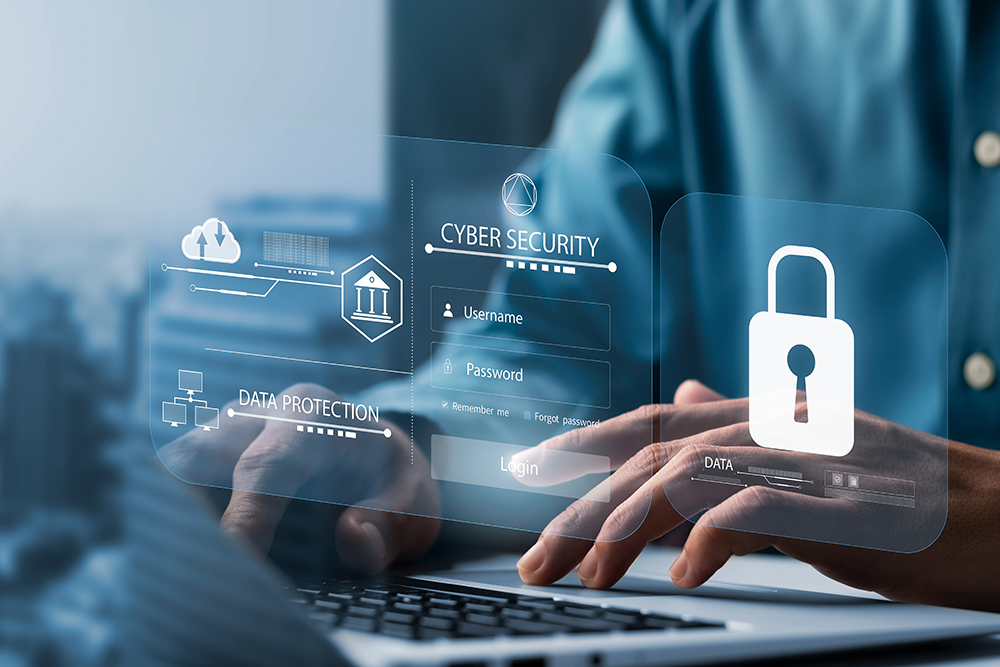How Can Organizations Protect Patient Data Amidst Modern Tech Threats?
Healthcare, like every other industry, is grappling with a myriad of cybersecurity challenges. The need to protect sensitive patient and member data has become paramount in the wake of escalating cyber threats. In this blog post, we will delve into potential threats and identify the strategies healthcare organizations can adopt to mitigate risks and safeguard their private data.
Hidden Cybersecurity Threats in Healthcare
Healthcare security threats are often hidden in plain sight and come in many forms. While any and all cyberthreats pose risk, these three are the most common concerns for healthcare organizations:
- Ransomware: This term refers to the nefarious practice of hijacking an organization’s data and demanding ransom for its return. Often spearheaded by organized criminals, this sometimes even involves the backing of hostile nation-states.
- Data theft: Patient records, which are filled with personal and confidential data, are highly sought after by criminals. They can use these records to facilitate identity theft, breaching the deeply held trust between patients and their healthcare providers.
- Insider threats: Insider threats aren’t always born of malicious intent—sometimes they’re the byproduct of disgruntled or simply careless employees and contractors who unintentionally expose sensitive information.
Mitigating Risk and Protecting Private Data
Given these pressing cybersecurity threats, what steps can healthcare organizations take to protect their data?
- Time and Resource Investment: Creating a secure, reliable cybersecurity process requires time, technology, and resources, as well as the support and effort of each individual teammate. While it may seem daunting given the scale and complexity of many healthcare organizations, the alternative—ignoring potentially crippling cybersecurity breaches—is far worse.
- Leverage Best Practices: A robust cybersecurity program must be rooted in industry-standard frameworks, such as NIST, ISO, or HITRUST. Regular reviews and tests by both internal and independent third parties can ensure the program’s efficacy.
- Foster Organizational Support: Cybersecurity is a shared responsibility—every member should play their role in contributing to the organization’s safety. This can be done by ensuring devices are properly locked, regularly updating passwords, not engaging with dubious messages or emails, and safeguarding confidential information.
The Broader Impact of Reliable Cybersecurity in Healthcare
Reliable cybersecurity protects more than just data—it also preserves patient-provider relationships. Healthcare organizations are bound by law to keep patient records secure and confidential. Unauthorized access to these records not only violates patient privacy but also potentially exposes them to identity theft and other crimes.
An Organization’s Cybersecurity Success Depends on Everyone
Staff training is critical for the success of any vetted security process. Implementing regular staff training, as mandated by HIPAA and various other regulatory bodies, ensures all employees are well-versed in the potential risks and understand how to counter them. As cyber-attacks increasingly hinge on social engineering techniques to infiltrate a healthcare organization’s network, staff need to be alert and knowledgeable.
Over the years, the tricks and schemes of hackers and those with ill intent have become more refined and difficult to spot, and the recent surge of generative AI has surely contributed to this fact. Security-trained staff members can maintain the protection of their own accounts and, as a result, strengthen the organization as a whole.
Maintaining and continuously updating cybersecurity processes is an indispensable practice in healthcare IT. In order to keep patient data safe and secure in the face of ever-evolving threats, organizations must invest in robust cybersecurity programs, train staff regularly, and foster collective responsibility for security. To learn more about Lightbeam looks out for our client-partners’ data protection and cybersecurity safety, as well as our commitment to upholding rigorous security standards, I invite you to read the HITRUST r2 recertification press release.

Russ Smith
VP of Infrastructure & Security
